
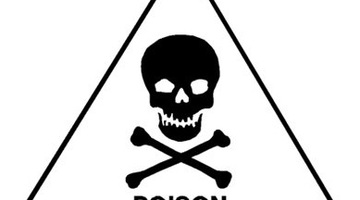
Poisons are substances that cause harm to organisms when sufficient quantities are absorbed, inhaled or ingested. A toxin is a poisonous substance produced within living cells or organisms ...
READ MORE
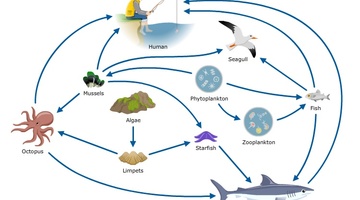
All living things depend on one another to live. Animals eat plants and/or animals to survive. Food webs describe the feeding connections between organisms in an ecosystem. The three main groups ...
READ MORE

There are over 100 poisonous plants in New Zealand. As children grow up, they often come into contact with plants that have poisonous properties. However, children usually don’t eat enough of a ...
READ MORE
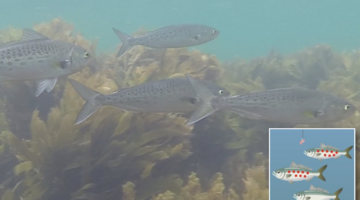
In this activity, students model bioaccumulation of toxins in marine animals. They participate in a food web game where feeding decisions determine their survival. By the end of this activity ...
READ MORE

In this activity, students learn about toxins and poisons and research what’s poisonous in New Zealand. By the end of this activity, students should be able to: describe how at least one ...
READ MORE
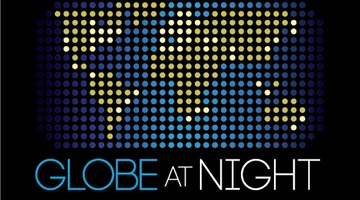
Globe at Night is an international citizen science campaign to raise public awareness of the impact of light pollution by inviting citizen scientists to measure and submit their night sky ...
READ MORE

Litter is everywhere – but how much is there, and why does it matter? Litterati is an online citizen science (OCS) project that allows participants to photograph, upload and tag litter in their ...
READ MORE
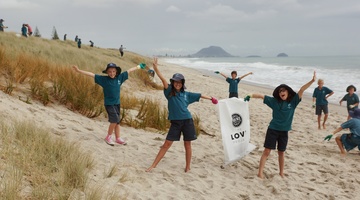
Litter Intelligence is a long-term programme run by Sustainable Coastlines in collaboration with the Ministry for the Environment, Department of Conservation and Statistics New Zealand. It aims ...
READ MORE

There are over 150,000 substances approved for use in Aotearoa New Zealand that contain an estimated 30,000 chemicals. We use chemicals on a daily basis – they’re all around us. Chemicals are not ...
READ MORE
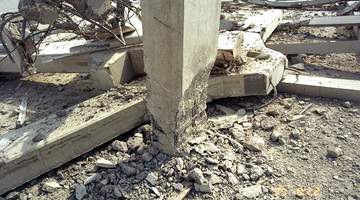
About 14,000 earthquakes are recorded in and around Aotearoa New Zealand every year. Canterbury’s 7.1 and Kaikōura's 7.8 magnitude earthquakes and subsequent aftershocks show the constant threat ...
READ MORE
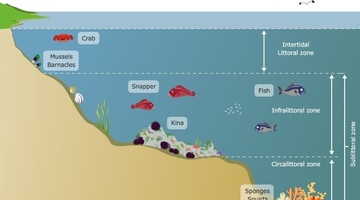
The rocky shore is a popular topic in primary school science. Below are some Science Learning Hub resources for primary teachers related to the rocky shore in the Living World strand of the New ...
READ MORE
Paul McNabb of the Cawthron Institute in Nelson describes the system they use to monitor shellfish safety. He explains how toxins are detected in shellfish using liquid chromatography-mass ...
READ MORE
Paul McNabb provides a short explanation on how an LC-MS functions.
READ MORE
Dr Susie Wood of the Cawthron Institute in Nelson talks about how toxic grey side-gilled sea slugs are. She explains that not all these sea slugs are toxic. It seems that North Island slugs are ...
READ MORE

This interactive demonstrates bioaccumulation of marine toxins. It shows how toxins move through a marine food web.
READ MORE

An interactive showing the lower Waikato River. Use the zoom-in feature to find some cultural and geographical connections to the river. Listen to iwi talking about what the river means to them ...
READ MORE
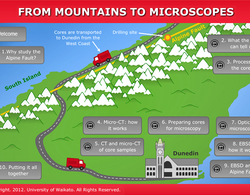
In this interactive follow a core sample as it makes its journey from the Alpine Fault to microscopic examination. Click on the labels for more information. Select here to view the full ...
READ MORE